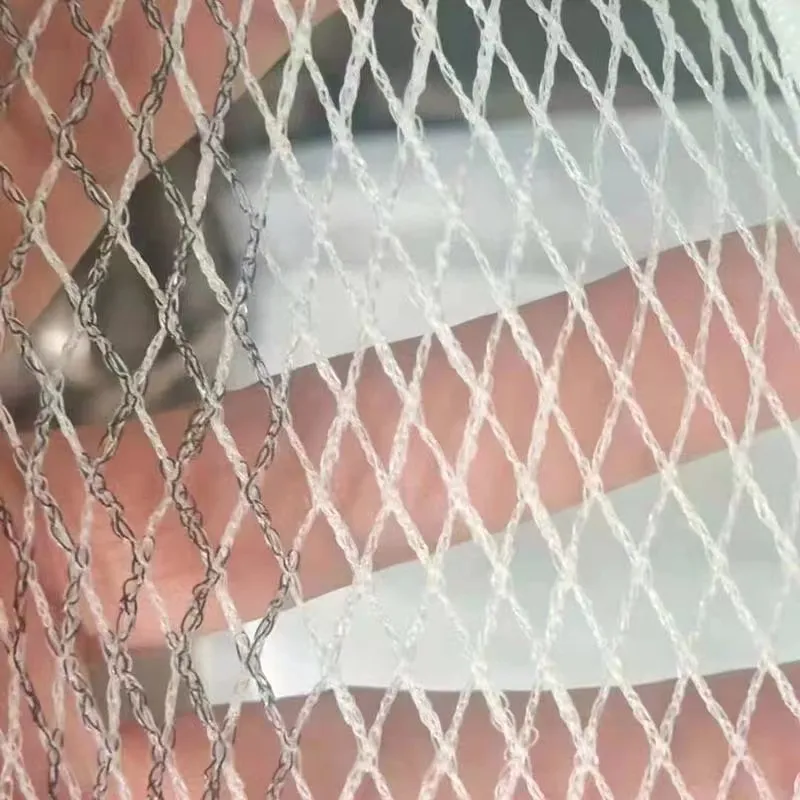-
 Afrikaans
Afrikaans -
 Albanian
Albanian -
 Amharic
Amharic -
 Arabic
Arabic -
 Armenian
Armenian -
 Azerbaijani
Azerbaijani -
 Basque
Basque -
 Belarusian
Belarusian -
 Bengali
Bengali -
 Bosnian
Bosnian -
 Bulgarian
Bulgarian -
 Catalan
Catalan -
 Cebuano
Cebuano -
 China
China -
 Corsican
Corsican -
 Croatian
Croatian -
 Czech
Czech -
 Danish
Danish -
 Dutch
Dutch -
 English
English -
 Esperanto
Esperanto -
 Estonian
Estonian -
 Finnish
Finnish -
 French
French -
 Frisian
Frisian -
 Galician
Galician -
 Georgian
Georgian -
 German
German -
 Greek
Greek -
 Gujarati
Gujarati -
 Haitian Creole
Haitian Creole -
 hausa
hausa -
 hawaiian
hawaiian -
 Hebrew
Hebrew -
 Hindi
Hindi -
 Miao
Miao -
 Hungarian
Hungarian -
 Icelandic
Icelandic -
 igbo
igbo -
 Indonesian
Indonesian -
 irish
irish -
 Italian
Italian -
 Japanese
Japanese -
 Javanese
Javanese -
 Kannada
Kannada -
 kazakh
kazakh -
 Khmer
Khmer -
 Rwandese
Rwandese -
 Korean
Korean -
 Kurdish
Kurdish -
 Kyrgyz
Kyrgyz -
 Lao
Lao -
 Latin
Latin -
 Latvian
Latvian -
 Lithuanian
Lithuanian -
 Luxembourgish
Luxembourgish -
 Macedonian
Macedonian -
 Malgashi
Malgashi -
 Malay
Malay -
 Malayalam
Malayalam -
 Maltese
Maltese -
 Maori
Maori -
 Marathi
Marathi -
 Mongolian
Mongolian -
 Myanmar
Myanmar -
 Nepali
Nepali -
 Norwegian
Norwegian -
 Norwegian
Norwegian -
 Occitan
Occitan -
 Pashto
Pashto -
 Persian
Persian -
 Polish
Polish -
 Portuguese
Portuguese -
 Punjabi
Punjabi -
 Romanian
Romanian -
 Russian
Russian -
 Samoan
Samoan -
 Scottish Gaelic
Scottish Gaelic -
 Serbian
Serbian -
 Sesotho
Sesotho -
 Shona
Shona -
 Sindhi
Sindhi -
 Sinhala
Sinhala -
 Slovak
Slovak -
 Slovenian
Slovenian -
 Somali
Somali -
 Spanish
Spanish -
 Sundanese
Sundanese -
 Swahili
Swahili -
 Swedish
Swedish -
 Tagalog
Tagalog -
 Tajik
Tajik -
 Tamil
Tamil -
 Tatar
Tatar -
 Telugu
Telugu -
 Thai
Thai -
 Turkish
Turkish -
 Turkmen
Turkmen -
 Ukrainian
Ukrainian -
 Urdu
Urdu -
 Uighur
Uighur -
 Uzbek
Uzbek -
 Vietnamese
Vietnamese -
 Welsh
Welsh -
 Bantu
Bantu -
 Yiddish
Yiddish -
 Yoruba
Yoruba -
 Zulu
Zulu
fish breeding net
The Importance of Fish Breeding Nets in Aquaculture
Fish farming, also known as aquaculture, has become an essential component of global food production, providing a sustainable source of protein for millions of people worldwide. Among the many innovations in this field, fish breeding nets have emerged as a vital tool for enhancing fish production and fostering healthier aquatic life. This article explores the significance of fish breeding nets, their benefits, and their role in sustainable aquaculture practices.
Fish breeding nets, often referred to as fish rearing nets, are specialized enclosures designed to provide a safe and controlled environment for juvenile fish. These nets allow fish farmers to cultivate and protect young fish until they reach a size suitable for stocking in larger bodies of water or for market sale. Made from durable, lightweight materials, these nets are typically made from polyethylene or nylon mesh, which allows for optimal water circulation and light penetration while preventing the escape of fish and entry of predators.
One of the primary benefits of using fish breeding nets is the enhanced survival rate of fingerlings and fry. In natural environments, young fish face numerous challenges, including competition for food, predation, and environmental stressors. By utilizing breeding nets, farmers can create a controlled habitat that minimizes these threats, ensuring a higher survival rate and healthier stock. This increases the viability of fish farming operations and meets the growing demand for fish products in the market.
Moreover, fish breeding nets facilitate better management of feeding practices. Unlike traditional pond systems where food distribution can be uneven, nets allow for targeted feeding. Farmers can closely monitor the growth and health of fish, providing optimal nutrition tailored to their needs. This not only enhances growth rates but also contributes to producing fish that are healthier and more resilient to diseases, thus reducing reliance on antibiotics and other chemical treatments.
fish breeding net

Environmental sustainability is another critical aspect of fish breeding nets. By allowing for intensive fish farming in a controlled manner, these nets help reduce overfishing of wild fish populations. Sustainable aquaculture practices can ensure that fish farming complements the ecosystem rather than depleting it. Additionally, breeding nets can be integrated into existing ecosystems without significant disruption, promoting biodiversity and maintaining ecological balance.
Furthermore, fish breeding nets can be adapted for various species of fish, making them suitable for diverse aquaculture practices. Whether it’s salmon, tilapia, or catfish, farmers can tailor the nets to meet the specific needs of different species, facilitating increased production across various environments and climates. This adaptability supports the resilience of food systems and can help communities respond to changing environmental conditions.
Lastly, with the advent of technology, fish breeding nets can be enhanced with monitoring systems that track water quality, temperature, and fish health. These advancements enable fish farmers to make informed decisions and achieve better results in their breeding programs.
In conclusion, fish breeding nets are an indispensable innovation in aquaculture that contributes to enhanced fish survival, sustainable practices, and better management. As the demand for fish continues to rise globally, leveraging such technologies will be vital for ensuring food security and promoting responsible fish farming practices. Embracing these systems could pave the way for a more sustainable future in aquaculture, ultimately benefiting both consumers and the environment.
-
Stainless Steel Mesh SolutionsNewsMay.06,2025
-
Protecting Your Farm with Smart SolutionsNewsMay.06,2025
-
Practical Mesh Solutions for Your Home and GardenNewsMay.06,2025
-
Nylon Mesh SolutionsNewsMay.06,2025
-
Fish Breeding Nets for AquariumsNewsMay.06,2025
-
Essential Mesh Solutions for ConstructionNewsMay.06,2025











